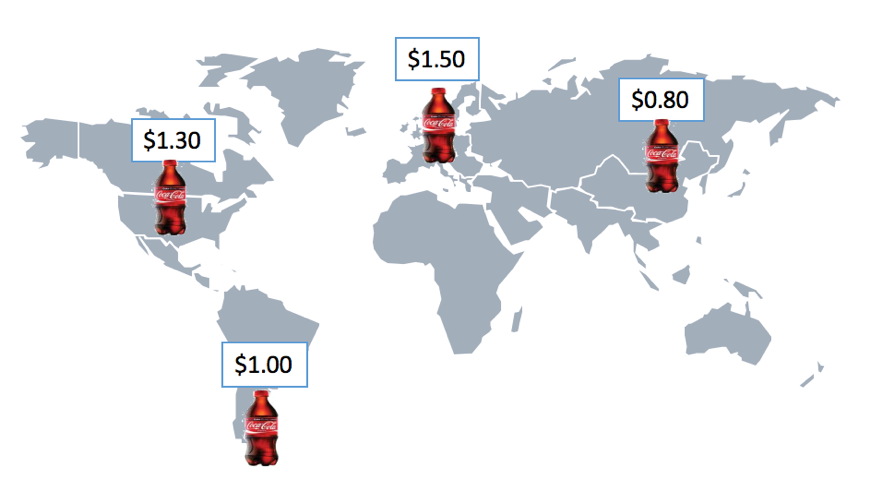Brand Perception in Emerging Markets: A Lesson for Western Products
 PriceBeam
·
1 minute read
PriceBeam
·
1 minute read
.jpeg?width=1024&name=pexels-photo-264606%20(1).jpeg)
When Western firms enter emerging markets, they typically do it with a much lower price. This seems like the obvious thing to do, considering the considerably lower purchasing power that consumers in emerging markets have, compared to Western consumers. Often, firms will look at the difference in price levels, e.g. by looking at comparative price level indices from OECD or the like. However, looking at income level and purchasing power is inadequate for determining consumers’ willingness to pay.
Especially, we often see firms overlooking the differences in brand perception between developed and emerging markets. Let’s take the iPhone 7 as an example: if you merely compare price levels between US and emerging markets such as India, you’ll find that the price level is more than 4x higher in the US. But there is a major difference in the brand perception, too -- the customer base for the iPhone 7 in India is very different from that in the US.
In India, the iPhone 7 comes with quite significant prestige and social status, which is not the case in the US - at least not to the same extent. With that, the brand perception is also different between the two countries: roughly speaking, in India the iPhone 7 is a Veblen good, whereas US customers care more about the design, functionality etc.
Consequently, the price-tag serves two very different purposes in these two countries because the brand perception is different. In India, the purpose of the price-tag is to convey exclusivity, social status and prestige; while, in the US, the purpose is to convince consumers of the quality and functionality of the iPhone 7 by carefully positioning the price relative to other, similar devices.
To set a price that takes into account differences in brand perception, it is important to understand what drives willingness to pay in the new market. If you’re about to launch in India, Indonesia or Brazil, you need to understand what increases willingness to pay for customers in this country. It may seem obvious, but once you are able to point to exactly what features and attributes the customers in a given country care about, you understand what the purpose of your price tag is, how to develop your product in the future, and how you build a strong brand in this country.
Sign up for our webinar on emerging markets pricing, which will take place on 17 August: click the button below:




